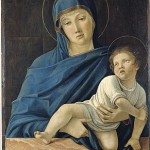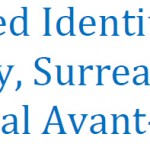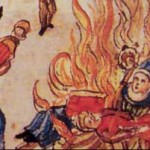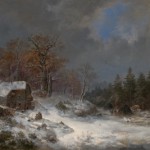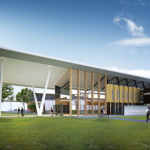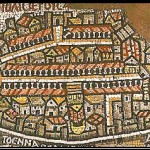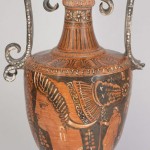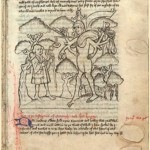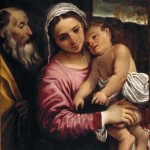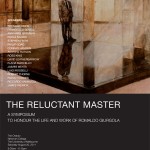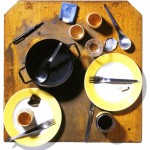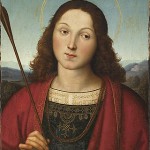
Symposium on Italian Renaissance Art at The University of Melbourne A symposium is to be held on 9th and 10th of March 2012 on recent research on Italian Paintings in the exhibition Renaissance currently at the National Gallery of Australia, from the Accademia Carrara, Bergamo on to be held in the Public Lecture Theatre, Old Arts Building at the University of Melbourne. Morning Session Chaired by Dr Christopher Marshall, The University of Melbourne 10.00 – 10.20am Professor Jaynie Anderson, The University of Melbourne ‘Why and what did Giovanni Morelli collect in Renaissance Art?‘ One of the major collectors, whose works are in Canberra for the Renaissance exhibition, is the politician, writer and connoisseur Giovanni Morelli (1816-1891). Morelli is celebrated for the fact that he invented connoisseurship for the modern world and for the fact that Sigmund Freud claimed to have invented psychological…

